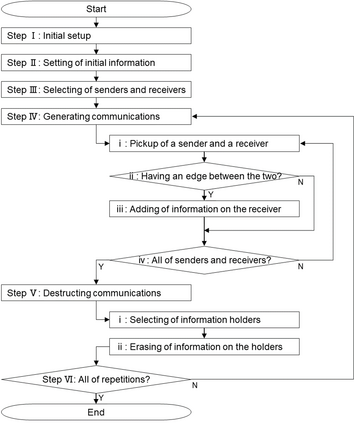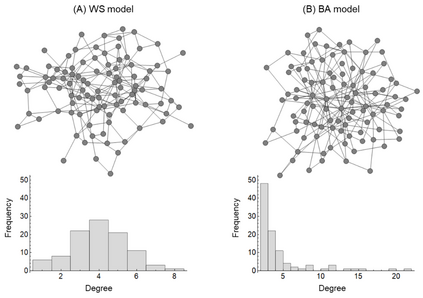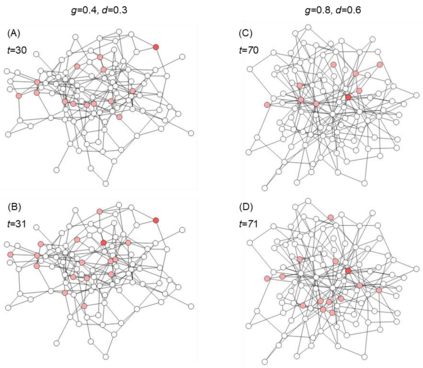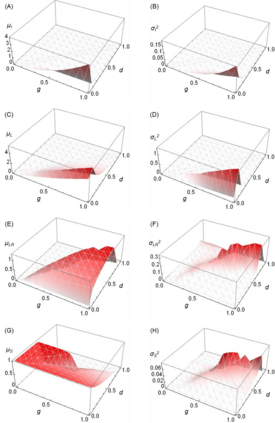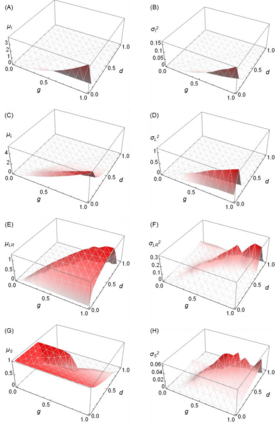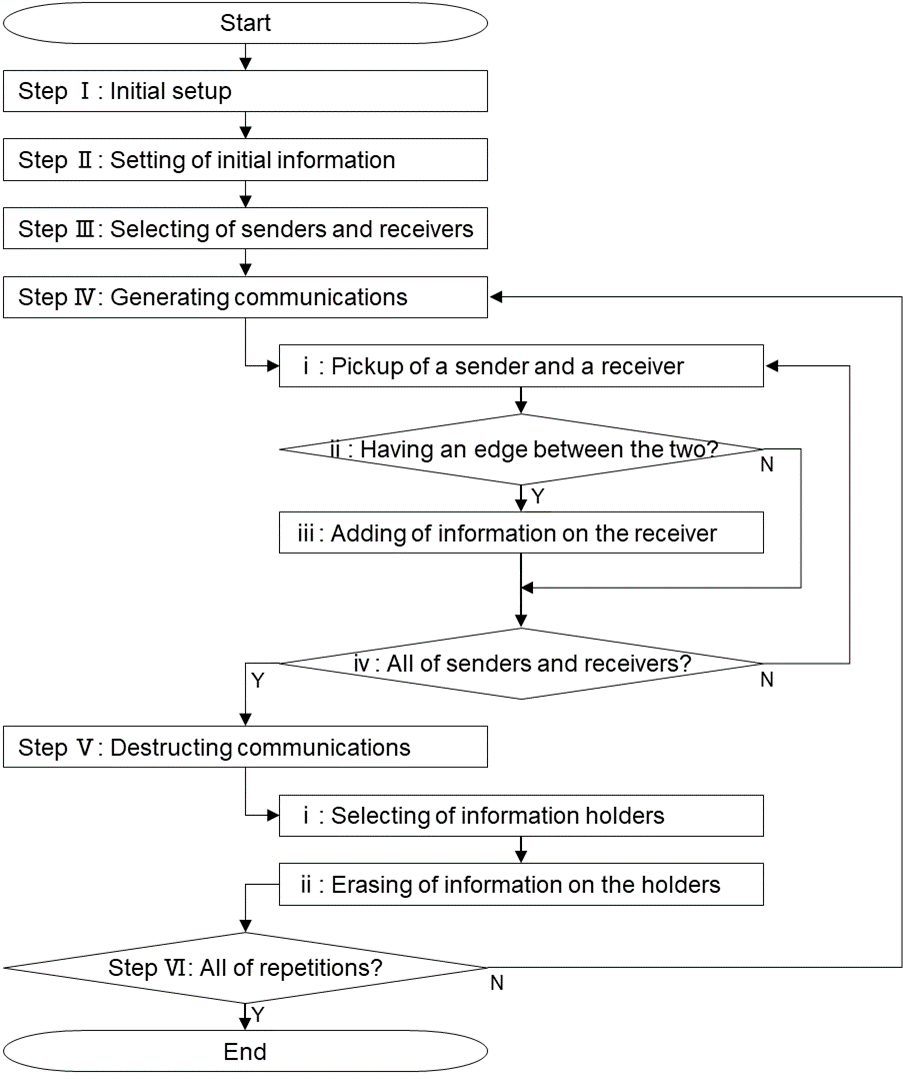Social isolation is caused by the impoverishment of community (atomism) and fragmentation is caused by the enlargement of in-group (mobism), both of which can be viewed as social problems related to communication. To solve these problems, the philosophical world has proposed the concept of "mixbiotic society," in which individuals with freedom and diverse values mix and mingle to recognize their respective "fundamental incapability" each other and sublimate into solidarity. Based on this concept, this study proposes new mixbiotic society measures to evaluate dynamic communication patterns with reference to classification in cellular automata and particle reaction diffusion that simulate living phenomena. Specifically, the hypothesis of measures corresponding to the four classes was formulated, and the hypothesis was validated by simulating the generation and disappearance of communication. As a result, considering communication patterns as multidimensional vectors, it found that the mean of Euclidean distance for "mobism," the variance of the relative change in distance for "atomism," the composite measure that multiplies the mean and variance of cosine similarity for "mixism," which corresponds to the well-going of mixbiotic society, and the almost zero measures for "nihilism," are suitable. Then, evaluating seven real-society datasets using these measures, we showed that the mixism measure is useful for assessing the livingness of communication, and that it is possible to typify communities based on plural measures. The measures established in this study are superior to conventional analysis in that they can evaluate dynamic patterns, they are simple to calculate, and their meanings are easy to interpret. As a future development, the mixbiotic society measures will be used in the fields of digital democracy and platform cooperativism toward a desirable society.
翻译:暂无翻译

